The Future of Electric Vehicle Charging: Tesla’s Supercharger Network
As the world shifts towards a more sustainable and environmentally-friendly mode of transportation, electric vehicles (EVs) have become an increasingly popular choice for many drivers. However, one of the major concerns associated with EVs is the limited range and charging time, which can make long road trips a daunting task. Tesla, a pioneer in the EV industry, has addressed this concern with its extensive Supercharger network, revolutionizing the way we think about electric vehicle charging.
The Birth of the Supercharger Network
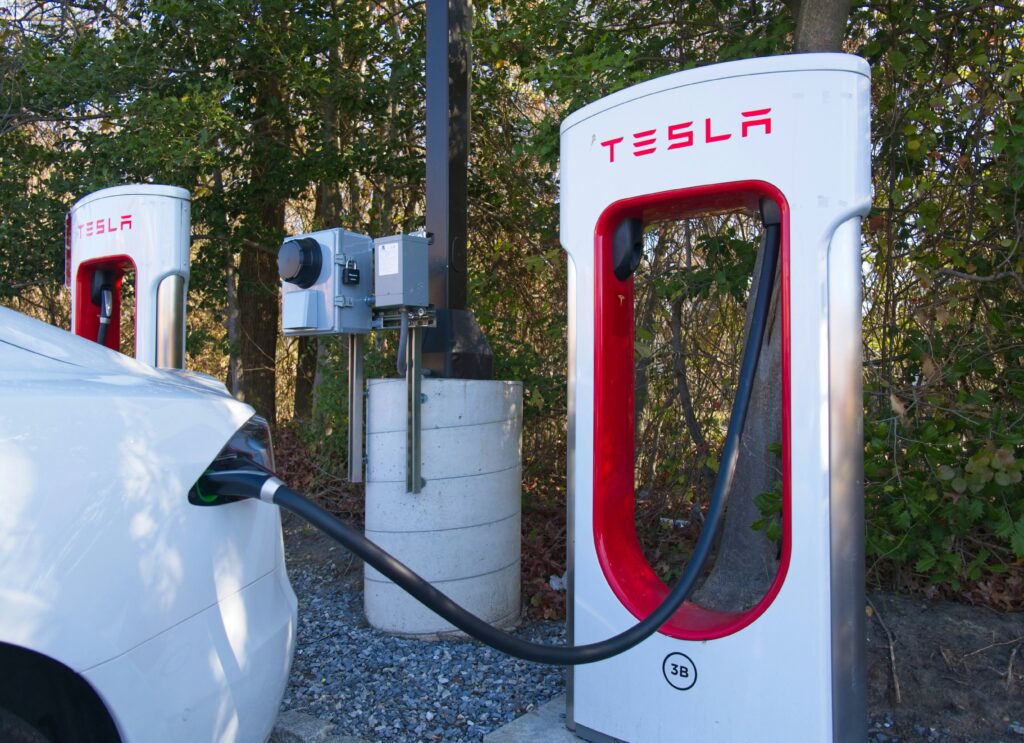
In 2012, Tesla launched its first Supercharger station in California, marking the beginning of a new era in electric vehicle charging. The initial goal was to provide Tesla owners with a convenient and fast way to charge their vehicles on long road trips. The first Supercharger stations were capable of delivering up to 120 kW of power, allowing Tesla owners to charge their vehicles to 80% in just 45 minutes.
Expansion and Growth
Fast forward to today, and Tesla’s Supercharger network has grown exponentially, with over 2,500 stations across North America, Europe, and Asia. The network has expanded to include not only Tesla’s own charging stations but also partnerships with other charging providers, such as ChargePoint and EVgo. This expansion has enabled Tesla owners to charge their vehicles at over 25,000 public charging stations worldwide.
How Superchargers Work
Tesla’s Supercharger stations use a proprietary charging technology that allows for rapid charging of Tesla vehicles. The stations are equipped with multiple charging points, each capable of delivering up to 250 kW of power. This means that Tesla owners can charge their vehicles at a rate of up to 170 miles of range per 30 minutes of charging.
The Supercharger stations are designed to be easy to use, with a simple and intuitive interface that guides the driver through the charging process. Tesla owners can simply pull up to a available charging point, plug in their vehicle, and the charging process begins automatically. The Tesla app allows owners to monitor the charging process remotely, receiving notifications when the vehicle is fully charged.
Benefits of the Supercharger Network
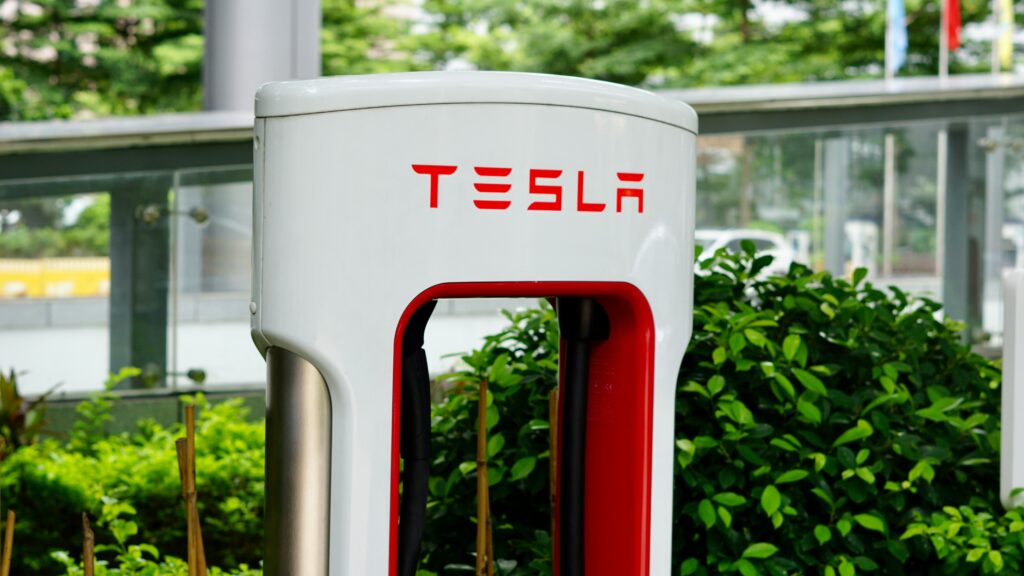
The Supercharger network has several benefits that set it apart from other charging networks. One of the most significant advantages is the convenience and speed of charging. With the ability to charge a vehicle to 80% in just 45 minutes, Tesla owners can take long road trips without worrying about running out of charge.
Another benefit of the Supercharger network is the cost. Tesla offers free Supercharging to its owners, making long road trips significantly cheaper than traditional gasoline-powered vehicles. Even for owners who have exceeded their free Supercharging allowance, the cost of charging is still relatively low, with prices ranging from $0.25 to $0.35 per kWh.
The Future of Electric Vehicle Charging
As the demand for electric vehicles continues to grow, the need for a comprehensive and convenient charging network becomes increasingly important. Tesla’s Supercharger network has set the standard for electric vehicle charging, and other manufacturers are following suit.
In the future, we can expect to see even faster charging times, with the introduction of new charging technologies such as 350 kW charging. This will enable drivers to charge their vehicles to 80% in just 15 minutes, making long road trips even more convenient.
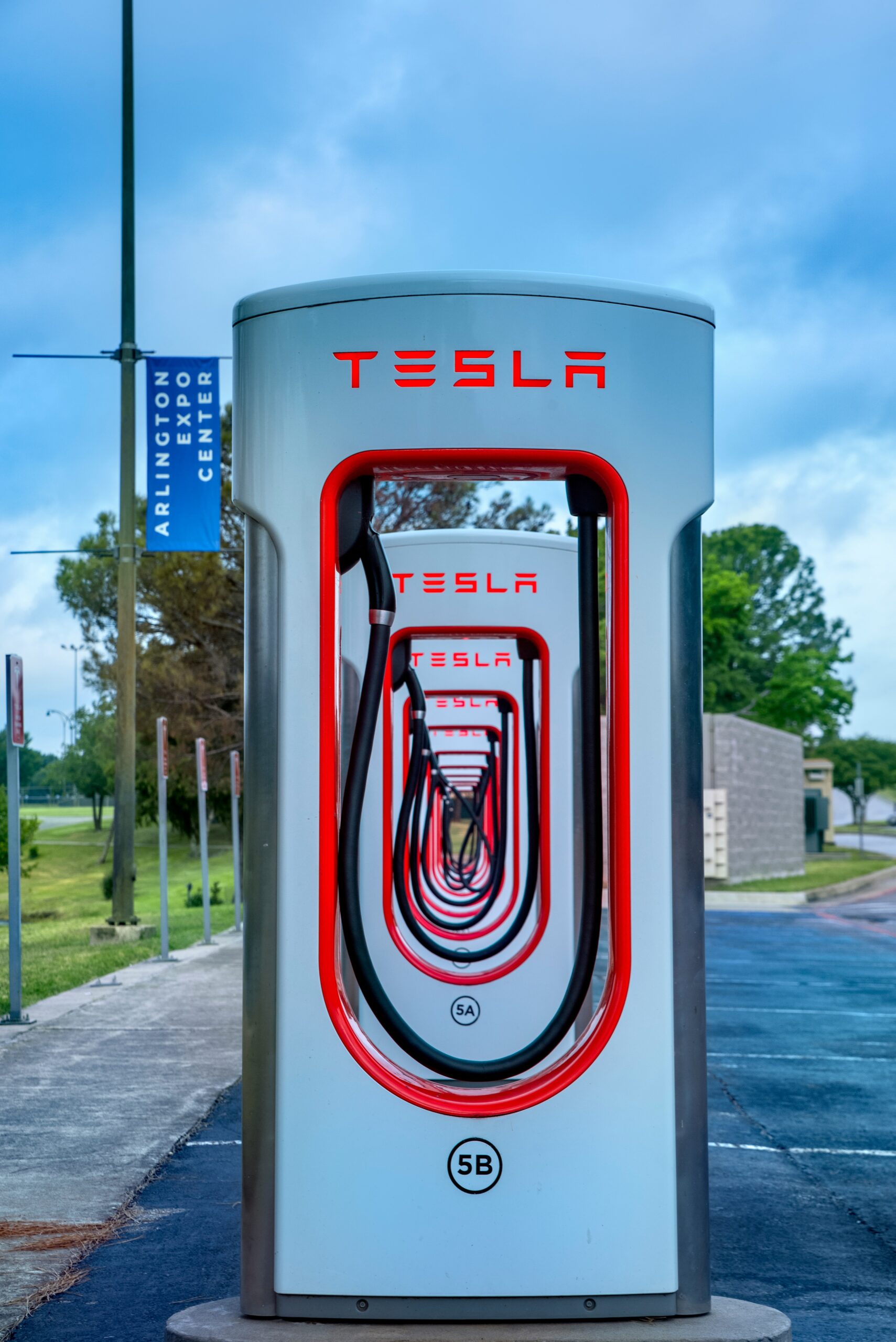
Comparison of Tesla Superchargers with Other EV Charging Networks
The electric vehicle (EV) market has experienced rapid growth in recent years, with many manufacturers investing heavily in EV technology. One of the key factors driving this growth is the development of fast and convenient charging infrastructure. Tesla, a pioneer in the EV industry, has been at the forefront of this effort with its Supercharger network. But how does Tesla’s Supercharger network compare to other EV charging networks?
Ranking of EV Charging Networks
According to a report by EVAdoption, the ranking of EV charging networks in the US is as follows:
| Rank | Charging Network | DC Fast Chargers (ports) | % of Total |
|---|---|---|---|
| 1 | Tesla | 12,580 | 58.0% |
| 2 | Electrify America | 3,112 | 14.4% |
| 3 | EVgo Network | 1,711 | 7.9% |
| 4 | ChargePoint Network | 1,675 | 7.7% |
| 5 | Non-Networked | 909 | 4.2% |
Tesla Superchargers: The Market Leader
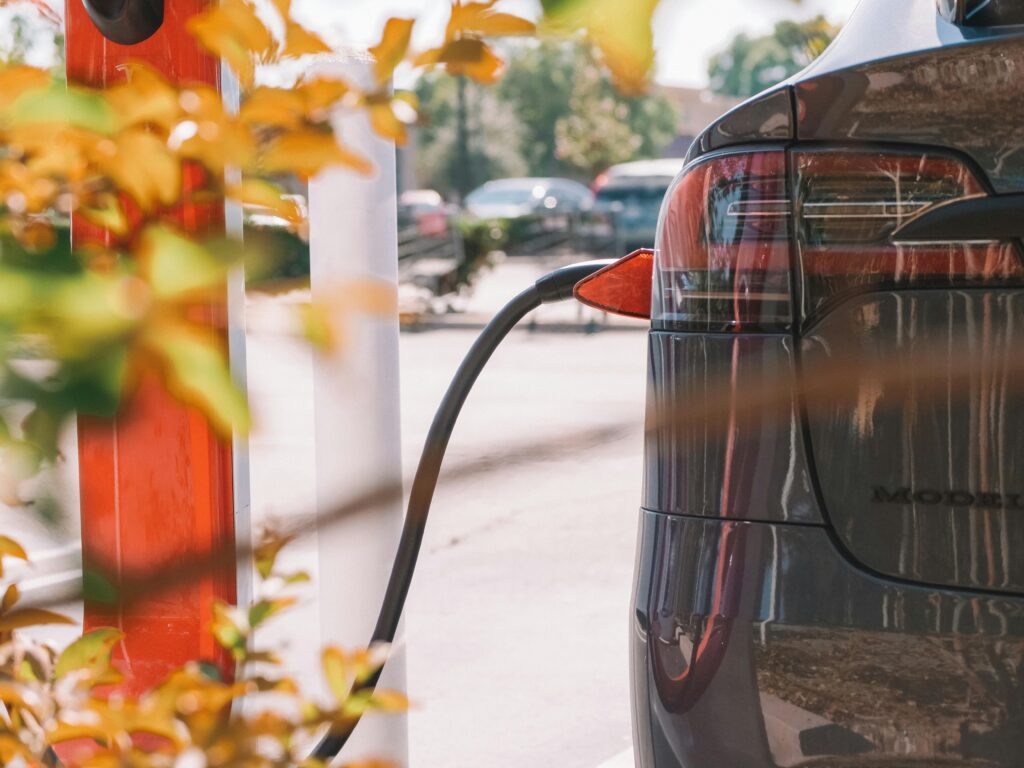
Tesla’s Supercharger network is the largest and most extensive EV charging network in the US, with over 12,580 DC fast chargers (ports) across the country. This represents 58% of the total number of DC fast chargers in the US.
Tesla’s Supercharger network is also incredibly convenient, with many stations located near shopping centers, restaurants, and rest stops. This allows drivers to charge their vehicles while taking a break from driving, making long road trips much more practical.
Electrify America: A Close Second
Electrify America is a close second to Tesla in terms of the number of DC fast chargers, with over 3,112 ports across the US. This represents 14.4% of the total number of DC fast chargers in the US.
Electrify America is a subsidiary of Volkswagen Group of America and was established as part of the company’s settlement with the US government over the diesel emissions scandal. The company has invested heavily in building out its charging network, with a focus on high-power charging stations that can charge vehicles to 80% in just 20 minutes.
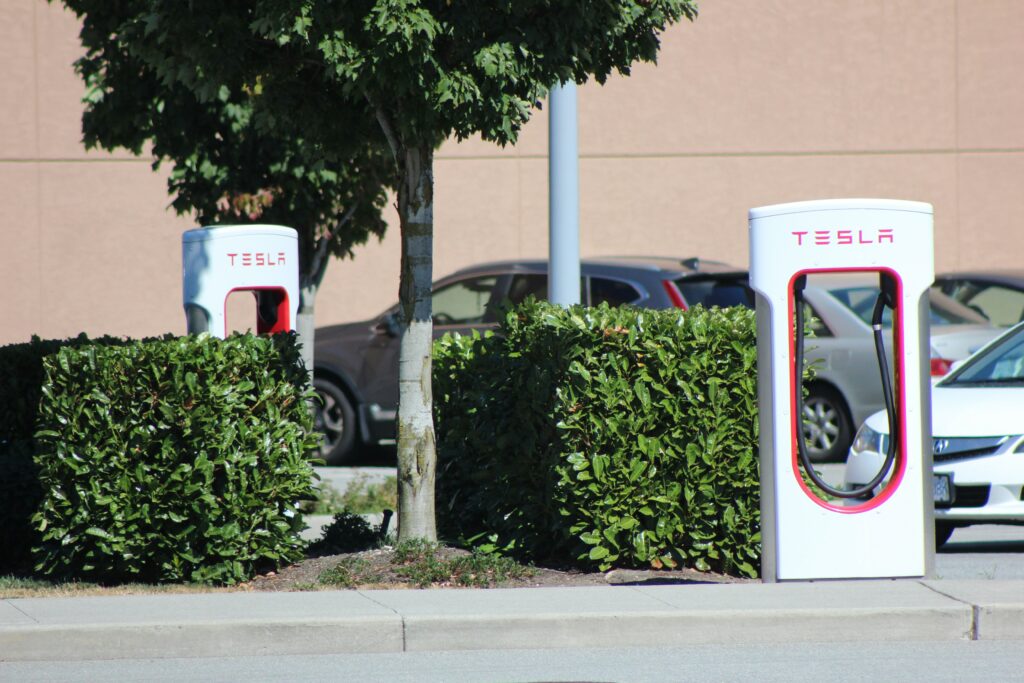
EVgo Network: A Strong Third
EVgo Network is a strong third in terms of the number of DC fast chargers, with over 1,711 ports across the US. This represents 7.9% of the total number of DC fast chargers in the US.
EVgo Network is a subsidiary of LS Power and was established in 2010 as one of the first EV charging networks in the US. The company has invested heavily in building out its charging network, with a focus on high-power charging stations that can charge vehicles to 80% in just 20 minutes.
ChargePoint Network: A Solid Fourth
ChargePoint Network is a solid fourth in terms of the number of DC fast chargers, with over 1,675 ports across the US. This represents 7.7% of the total number of DC fast chargers in the US.
ChargePoint Network is a subsidiary of ChargePoint, Inc. and was established in 2007 as one of the first EV charging networks in the US. The company has invested heavily in building out its charging network, with a focus on high-power charging stations that can charge vehicles to 80% in just 20 minutes.
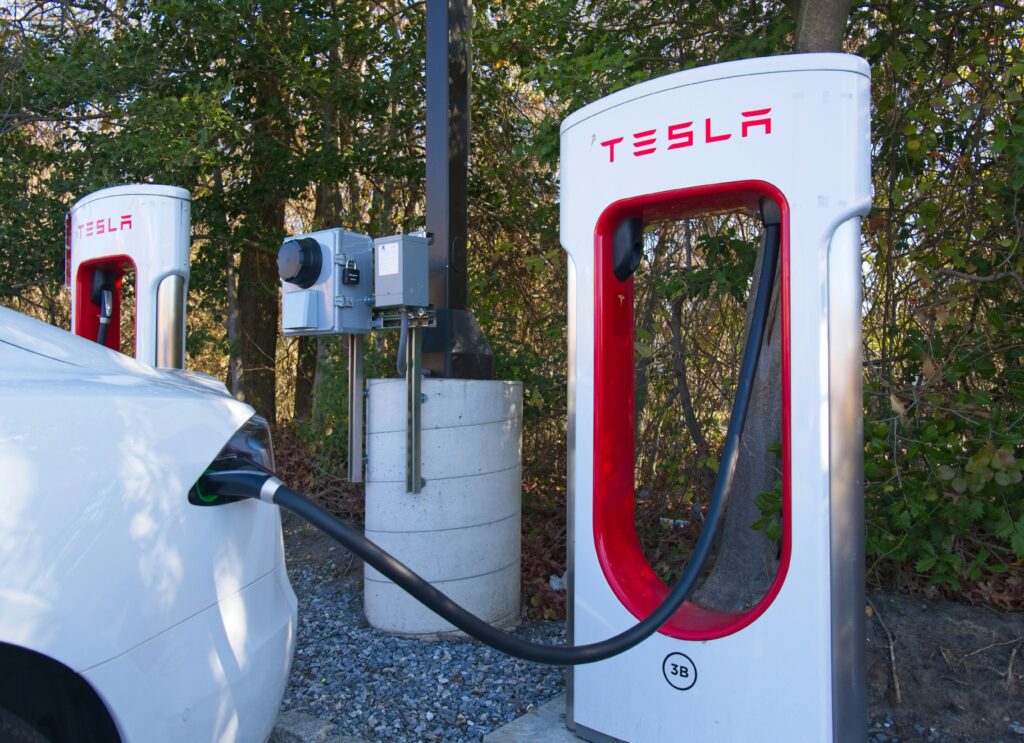
Conclusion
In conclusion, Tesla’s Supercharger network is the largest and most extensive EV charging network in the US, with over 12,580 DC fast chargers (ports) across the country. Electrify America, EVgo Network, and ChargePoint Network are also strong players in the market, with significant investments in building out their charging networks.
Ultimately, the choice of EV charging network will depend on individual needs and preferences. Tesla owners may prefer the convenience and exclusivity of Tesla’s Supercharger network, while owners of other EVs may prefer the faster charging speeds and wider availability of other charging networks.
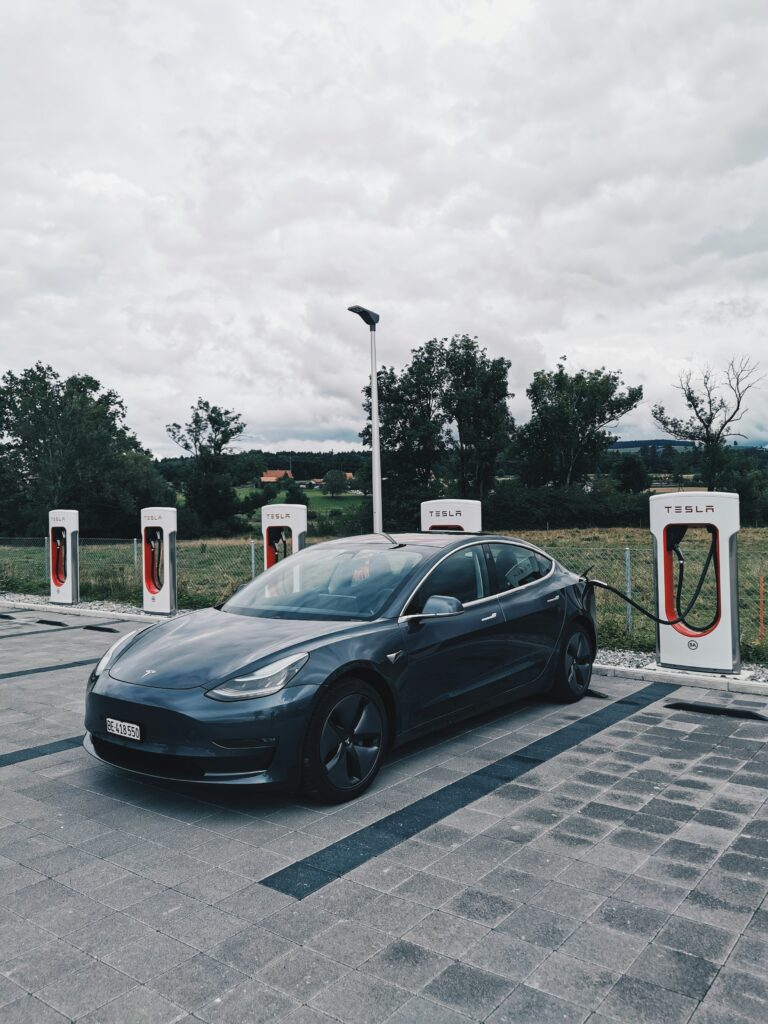
THESE ARE THE MOST IMPORTTANT QUESTIONS RELATED TO ELECTRIC CHARGERS:
Q1: How many Tesla Supercharger stations are there as of 2024?
As of 2024, there are over 4,500 Tesla Supercharger stations across North America, with over 30,000 stations globally. Tesla continues to expand its Supercharger network, making it one of the largest and most extensive EV charging networks in the world.
Q2: How fast do Tesla Superchargers charge as of 2024?
Tesla Superchargers can charge at a rate of up to 250 kW, which can charge a Tesla vehicle to 80% in just 20 minutes. This is significantly faster than Level 2 (240V) charging, which can take several hours to achieve the same level of charge.
Q3: Can non-Tesla owners use Tesla Superchargers as of 2024?
As of 2024, Tesla has opened up its Supercharger network to non-Tesla owners in certain regions, including Europe and North America. However, non-Tesla owners must use the Tesla app to access the network and pay for charging sessions.
Q4: How much does it cost to use a Tesla Supercharger as of 2024?
As of 2024, the cost of using a Tesla Supercharger varies by region, but on average, it costs around $0.25 per kWh. Tesla owners can also purchase a Supercharger subscription for a flat fee per month, which can provide discounted charging rates.
Q5: Are Tesla Superchargers available at rest stops and shopping centers as of 2024?
Yes, as of 2024, many Tesla Supercharger stations are located at rest stops, shopping centers, and other convenient locations, making it easy for Tesla owners to charge their vehicles while taking a break from driving. This is part of Tesla’s strategy to make long-distance EV travel more practical and convenient.